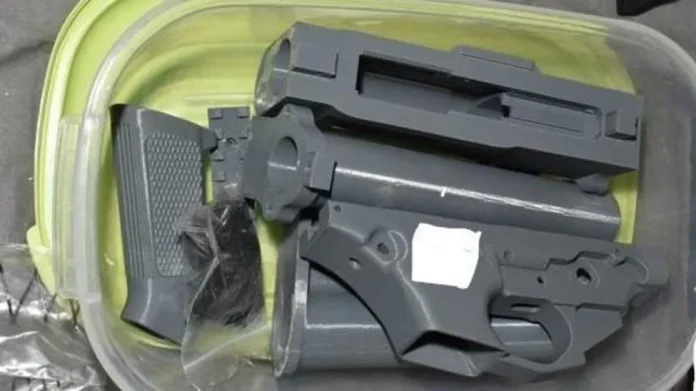Scottish Police confirmed there have been two incidents involving 3D-printed weapons in the past year, BBC reported.
One incident occurred in the Argyll and West Dunbartonshire district in April, while another happened in Tayside a month later.
Forensic services raised concerns over the issue, notifying police that they were dealing with more complex cases involving such firearms, the report stated.
Police claimed they were tackling the issue “effectively” and maintained regular contact with organisations such as the National Crime Agency and the National Ballistics Intelligence Service.
Firearms expert David Dyson shared his opinion on 3D-printed weaponry:
[The guns] can be made quite quickly and easily from a 3D printer, and then you need some metal components – it requires a bit of skill but a fairly practical person would be able to do it.
3D-printed firearms, also known as ghost guns, are a type of firearm without serial numbers, which makes them difficult to trace. They were originally developed in 2013 by the American founder of the gun rights group Defence Distributed, Cody Wilson.
The gun’s predominantly plastic design raised concerns over its potential ability to evade metal detectors. Since then, technology has evolved, including the use of aluminium, leading to more durable guns.
